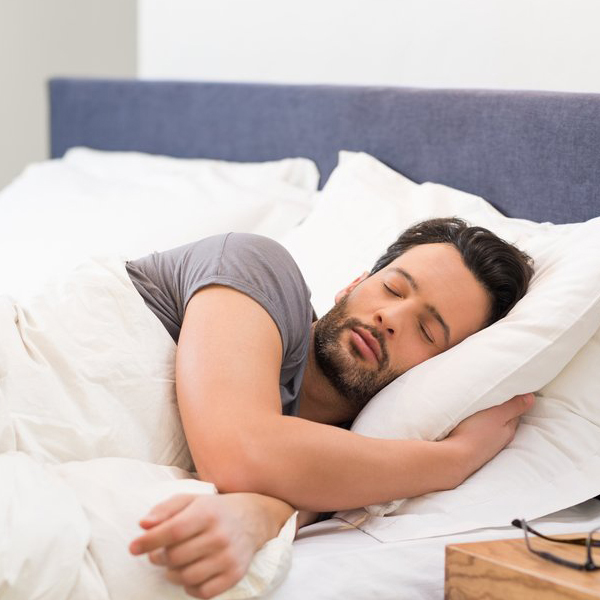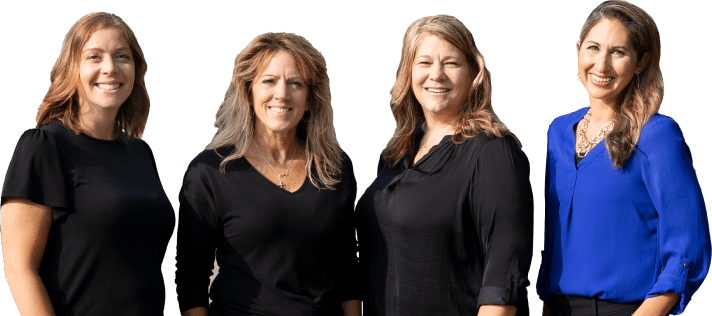Sleep Apnea in Fort Atkinson, WI
What Is Sleep Apnea?

Sleep apnea is when your breathing stops during sleep. Everyone’s breathing naturally slows during sleep, but in sleep apnea, your breathing stops long enough that your body is affected by reduced oxygen and/or increased levels of carbon dioxide. This forces your body to awaken enough to resume breathing.
There are two types: obstructive and central. In obstructive, your airway collapses, cutting off your air supply. Essentially, you are being choked by your own throat. In central, your brain stops sending the signals that trigger breathing. About 98% of people have obstructive, though a significant proportion has both types (sometimes this is called complex).
Sleep apnea is typically categorized by its severity, depending on how many times you stop breathing in an hour:
-
Mild: At least 5 but less than 15 apneas per hour
-
Moderate: At least 15 but less than 30 apneas per hour
-
Severe: At least 30 apnea per hour
The severity will influence what treatments are appropriate for you.
The Dangers of Sleep Apnea
As we noted above, this is a potentially deadly condition. Because of the vital role sleep plays in the body’s proper function and can disrupt many different systems, leading to problems such as:
-
Dozing off at work or while driving
-
Mood disorders
-
High blood pressure
-
Heart attack and heart failure
-
Stroke
-
Coronary artery disease
-
Weight gain
-
Diabetes
-
Mood disorders
-
Memory problems
-
Dementia, including Alzheimer’s disease
-
Cancer
All of these conditions have had a link to sleep apnea. With treatment, patients can reduce their risk and improve symptoms of sleep apnea.

There is only one way to properly diagnose sleep apneaThis link leads to Sleep Apnea Diagnosis page: a sleep test interpreted by a sleep doctor. However, that doesn’t mean you need to spend a night in a sleep lab.
Most people can use a take-home sleep test that they use in the comfort of their own bed. This is an inexpensive and accurate way to diagnose the condition.
You might need to get a sleep test at a sleep lab if you have other sleep disorders (including insomnia) or if your at-home sleep test doesn’t yield good results.
Because of the dangers of sleep apneaThis link leads to Sleep Apnea Dangers page, it’s important to get effective treatment. There are four main treatment avenues:
-
Lifestyle modification
-
CPAP
-
Oral appliances
-
Surgery
Lifestyle modification might be sufficient for people with mild sleep apnea, but for moderate to severe, CPAP and oral appliancesThis link leads to Oral Appliances page are recommended. Surgery has a low rate of success and a high level of risk, so it’s usually not recommended.

"TMJ Specialist" is not officially recognized by the American Dental Association. Dr. Stafford is a general dentist with many years of training in TMJ and neuromuscular dentistry, even though the specialty is not officially recognized. However, Wisconsin requires the following statement. "Cosmetic dentistry, TMJ, Neuromuscular dentistry, and Aesthetic dentistry are specialty areas not recognized by the ADA that requires no specific educational training to advertise this service".